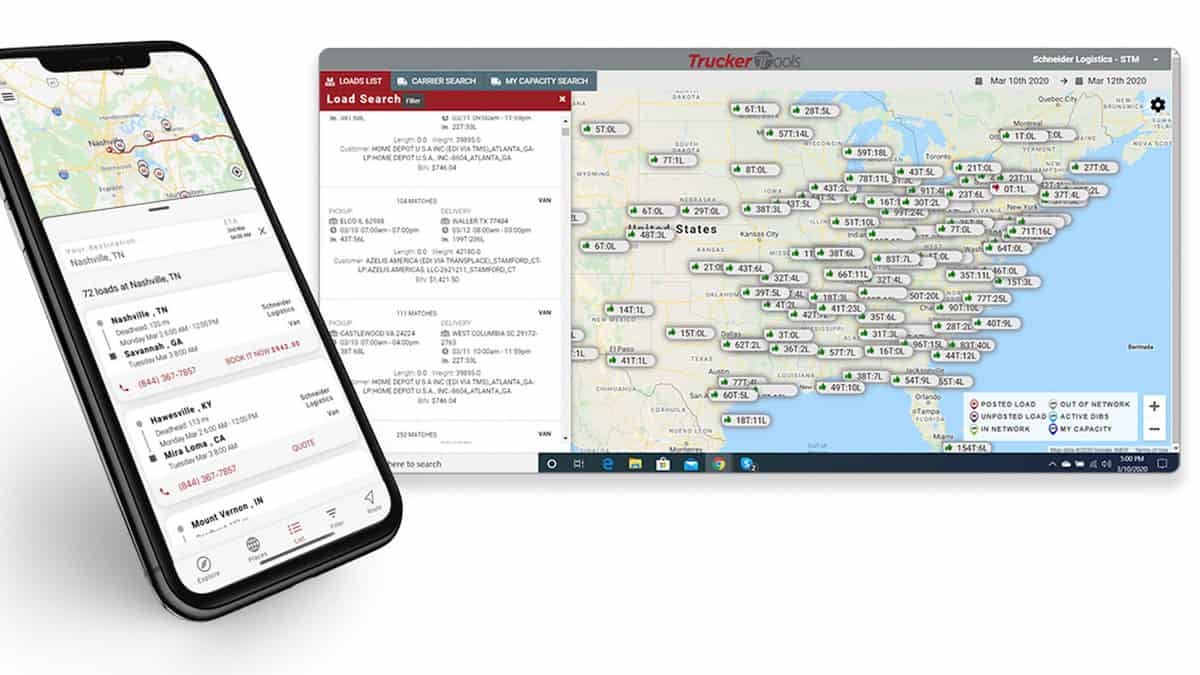
The past few years, visibility has gone from cutting edge to buzzword to table stakes across the transportation and logistics industry. Once regarded as “the next big thing,” knowing where shipments are and receiving updates in real time is now an expected element of a high-quality freight movement. Offering visibility is not likely to propel a company into the limelight anymore, but not offering it could cost a company more than a little bit of business.
If visibility has moved from perk to table stakes, what exactly is “the next big thing” now? What innovative technology can companies adopt to help them stand out among their competitors?
Tom Curee, Kingsgate Logistics senior vice president of strategy and innovation, thinks the future of hot-button innovation lies in workflow automation. This type of innovation — often used to reduce costs and time sucks associated with repetitive back office tasks — embodies the same spirit that made visibility so popular; it enables people to spend less time on menial tasks and more time on what matters most, like building relationships with customers and carriers and solving complex problems.
“Companies on the leading edge are talking about robotic process automation. We are at the point that we have to start talking about workflow automation in order to survive,” Curee said. “Companies that had the foresight to see what was coming are already prepared to embrace this. Companies that just recently built out their visibility offerings are more prone to rest on their laurels. Technology is moving too quickly to prop your feet up.”
Trucker Tools CEO Prasad Gollapalli echoed that sentiment, noting that companies which developed visibility offerings in a manner that can easily be expanded on should have no issue with embracing things like back office automation and digital freight matching, whereas companies that were more shortsighted may suffer.
“If your visibility stems from a mobile-based platform, it can be expanded on easily,” Gollapalli said. “If your visibility is not app-based, it may be more difficult to continue innovating on. There will be limitations based on how visibility was achieved.”

Trucker Tools is known for its app-based visibility offerings, initially launched in 2013, and the company was among the first to expand into newer arenas like digital freight matching, which hit the market in 2018. The company has demonstrated its ability and desire to continue innovating alongside its customers over the past several years.
While Curee expects workflow automation solutions to become more and more popular over the coming months, he emphasized that companies should take their own pain points into account when choosing technological solutions, not automatically adopt the solution of the moment.
“Everyone has this tendency to want to find the big thing and get everyone ramped up, but when it comes to workflow automation, you’re better off looking at the little things,” Curee said. “Find the most repetitive, annoying thing you have to deal with. For us, it was appointment scheduling, so we built an internal tool that automatically schedules appointments. It is never going to make any noise, but it allowed us to automate the workflow we were having to do manually and let us spend more time with our clients.”








